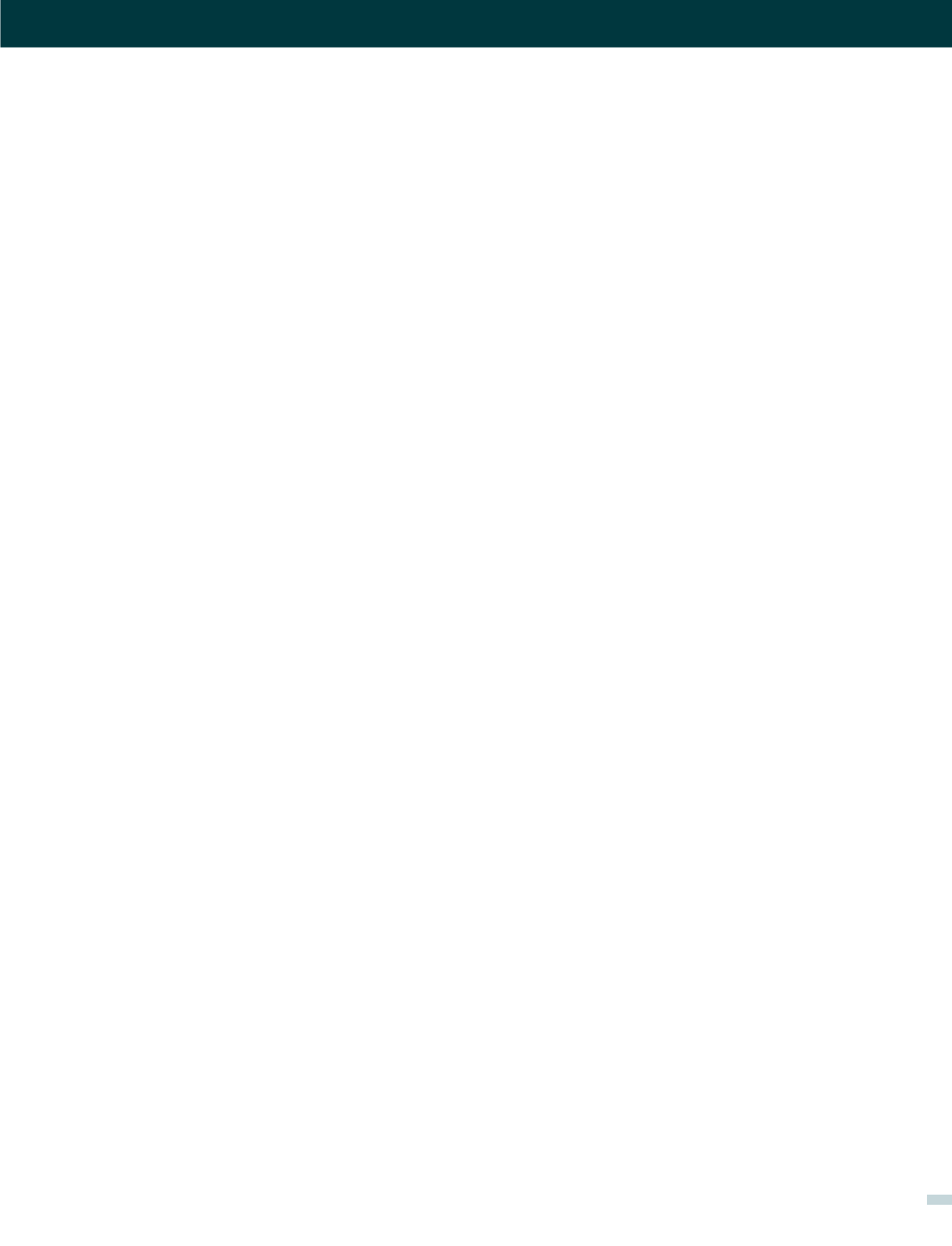

795
34. Ministerio de Sanidad, Servicios Sociales e Igualdad; Agra
Y,coordinadora. Estrategia de Seguridad del Paciente del
Sistema Nacional de Salud Período 2015-2020. Ministerio
de Sanidad, Servicios Sociales e Igualdad. 2015:1–128.
35. Westrum R. A typology of organisational cultures. Quality and
Safety in Health Care. BMJ Publishing Group Ltd; 2004;13
(Supl 2):ii22–7.
36. Cooper JB, Newbower RS, Long CD, McPeek B. Preventable
anesthesia mishaps: a study of human factors. Anesthesiology.
1978;49(6):399–406.)
37. Webb RK, Currie M, Morgan CA, Williamson JA, Mackay P,
Russell WJ, et al. The Australian Incident Monitoring Study:
an analysis of 2000 incident reports. Anaesth Intensive Care.
1993;21(5):520–8.)
38. Haller G. Improving patient safety in medicine: is the model of
anaesthesia care enough? Swiss Med Wkly. 2013;143:1–8.)
39. Efecto sigma 6 [Internet]. [consultado 13 Mar 2017].
Disponible en:
https://es.wikipedia.org/wiki/Seis_Sigma40. García MJ; Sistema Español de Notificación en Seguridad
en Anestesia y Reanimación (SENSAR). Seguridad en
Anestesiología: un ejemplo a seguir [Internet]. [consultado 2
Ene 2017].
41. Corrigan JM. Crossing the quality chasm. Building a Better
Delivery System. Institute of Medicine; 2005.) Moore GA,
McKenna R. Crossing the Chasm: Marketing and selling high-
tech products to mainstream customers. 1991.
42. National Academy of Engineering (US) and Institute of
Medicine (US) Committee on Engineering and the Health Care
System. Building a Better Delivery System: A New Engineering/
Health Care Partnership. Reid PP, Compton WD, Grossman JH,
et al., editores.Washington (DC): National Academies Press
(US); 2005.
43. Moore GA, McKenna R. Crossing the Chasm: Marketing and
selling high-tech products to mainstream customers. 1991.
[SEGURIDAD DEL PACIENTE Y CULTURA DE SEGURIDAD - Dr. Cristián Rocco y col.]
















